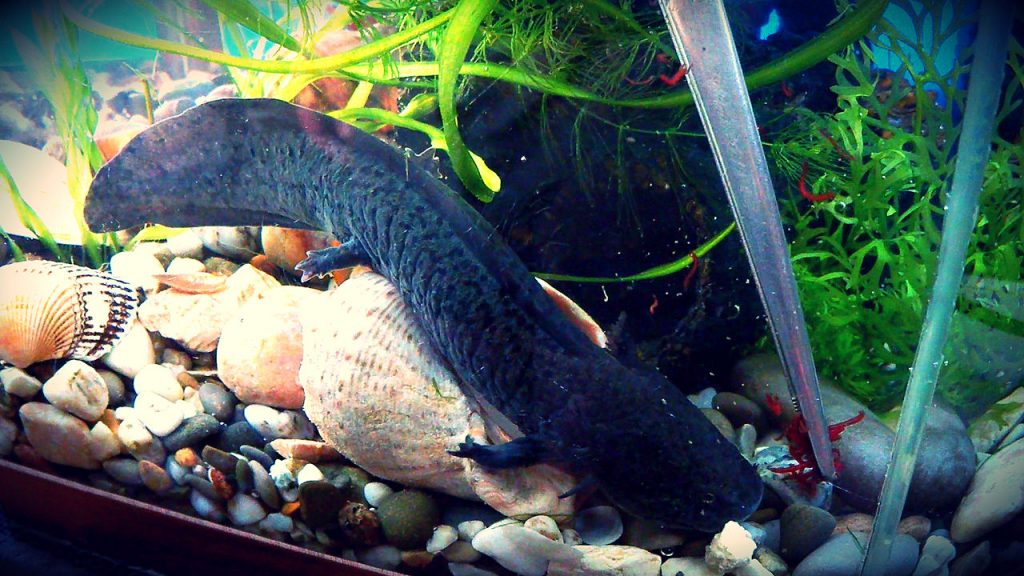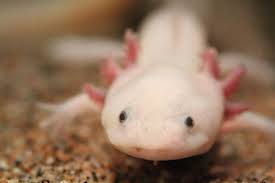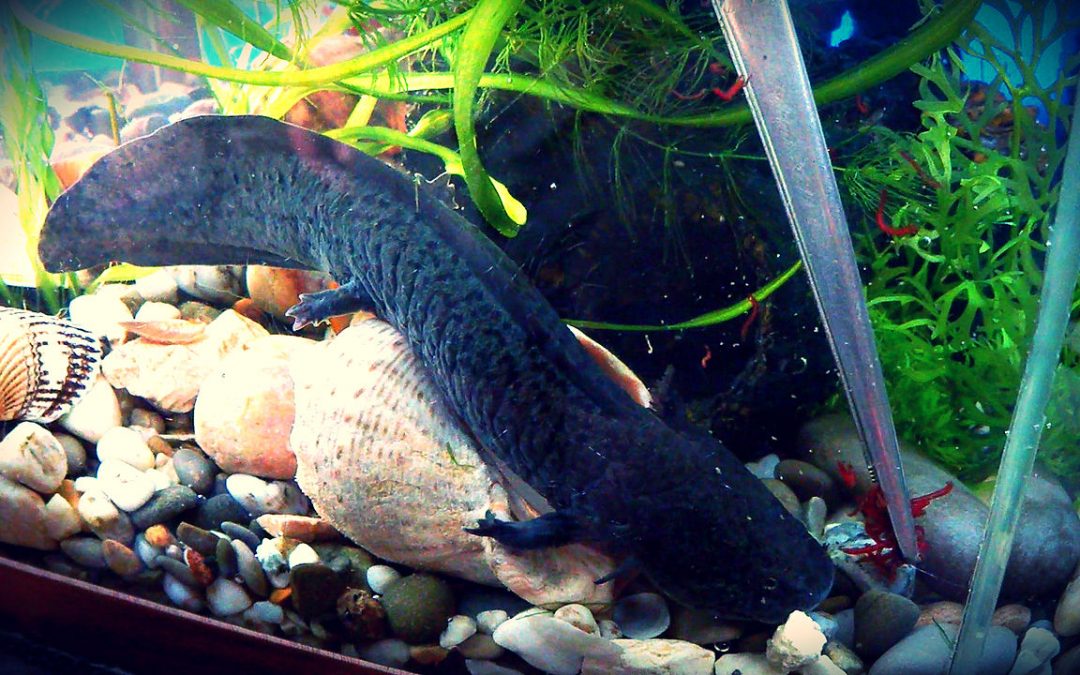 Axolotls have specific requirements when it comes to their living conditions. But in terms of their dietary needs, you must also pay close attention to ensure that axolotls get properly nourished. If you are new to breeding axolotls, one of the first questions you will be faced with is this: “What do I feed axolotls?” If you are looking for information on axolotl diet, you have come to the right place.
Axolotls have specific requirements when it comes to their living conditions. But in terms of their dietary needs, you must also pay close attention to ensure that axolotls get properly nourished. If you are new to breeding axolotls, one of the first questions you will be faced with is this: “What do I feed axolotls?” If you are looking for information on axolotl diet, you have come to the right place.
Food for Axolotls
In its natural habitat, axolotls will eat a wide range of creatures based on what is easily available within their habitat. However, axolotls are natural carnivores, which means they favor eating off a meat based diet over vegetation. A common axolotl meal will therefore consist of crustaceans, mollusks, worms, insect larvae, small fishes and many more. Any creature that is smaller than the axolotl, you can almost guarantee they will eat.
Axolotls will feed on both dead and live food. However, majority of their food are live creatures like worms. In fact, they are stimulated by the movement of the worm. The most common types of worms eaten by axolotls include the following: bloodworms, blackworms, whiteworms, mealworms, brineshrimp and daphnia.
You can also try feeding axolotls pellets; most axolotls respond well to them. They are soft and moist making them easier for the axolotls to consume and digest. Microworms can also be served to the young axolotls and it is considered to be highly nutritious.
Background Info
Axolotls are also equipped with a rudimentary set of teeth. This means that they tend to grip at their prey rather than tear at or bite them. Thus, you can expect axolotls to swallow their food whole. This is also the exact reason why they tend to eat anything that is small in size. Anything of equal or bigger size than them, they are incapable of eating as they cannot swallow those.
Another interesting physical feature that axolotls have, which also relates to their feeding pattern, is their large and wide mouth. If an axolotl wants to feed on a smaller insect or fish, all they have to do is open their large mouth. This causes the water to rush into the mouth, sucking in all the small insects and fishes into the mouth for an easy meal.
 The digestive system of an axolotl is also uniquely structured. It makes the axolotls incapable of digesting vegetable matter. However, you can still feed them vegetables, although you might want to regulate the amount. This is something that is typical among axolotls that live in the wild, though. Most axolotls that live in the tank are able to survive off of carnivorous diet due to lack of access to vegetables.
The digestive system of an axolotl is also uniquely structured. It makes the axolotls incapable of digesting vegetable matter. However, you can still feed them vegetables, although you might want to regulate the amount. This is something that is typical among axolotls that live in the wild, though. Most axolotls that live in the tank are able to survive off of carnivorous diet due to lack of access to vegetables.
Cannibalism can happen amongst axolotls, especially involving baby axolotls. For this reason, baby axolotls are recommended to be kept in a separate tank away from adult axolotls. If not, the latter would see the baby axolotls as a potential meal and feed on them. Once the axolotl has grown up to 10 cm, though, they are often safe and can be put inside the same tank as other axolotls.


 Author and long-time animal lover. Sharing knowledge on pet care through experience and the written word.
Author and long-time animal lover. Sharing knowledge on pet care through experience and the written word.